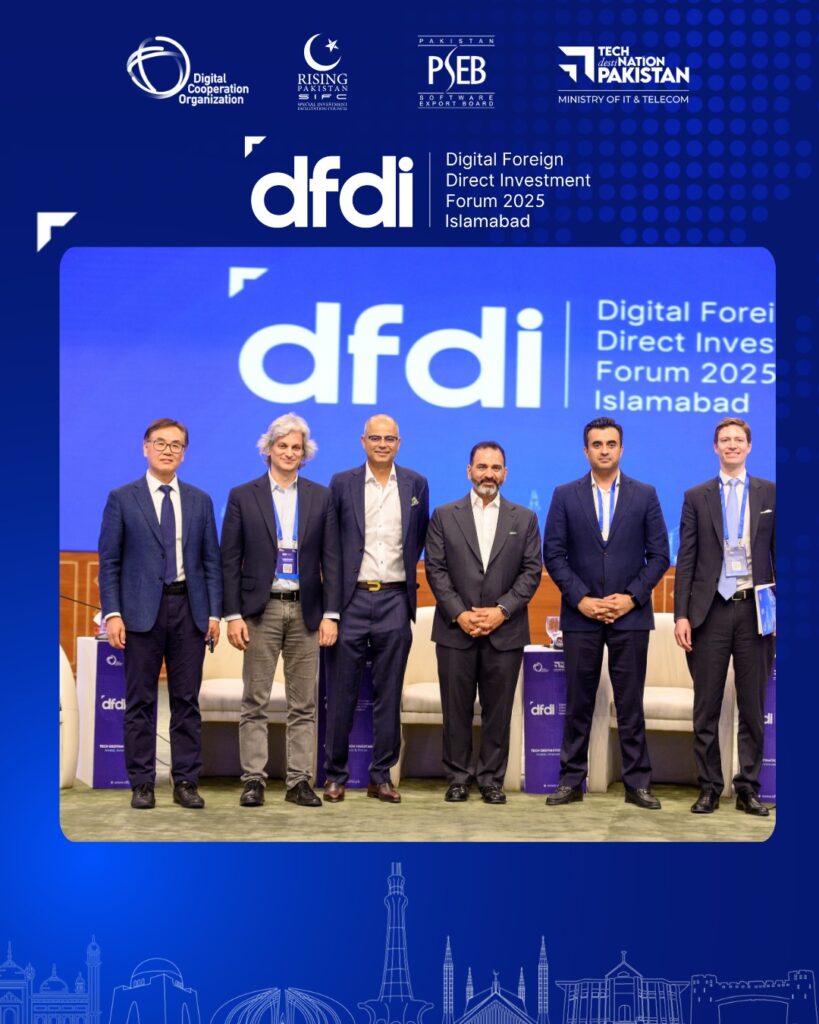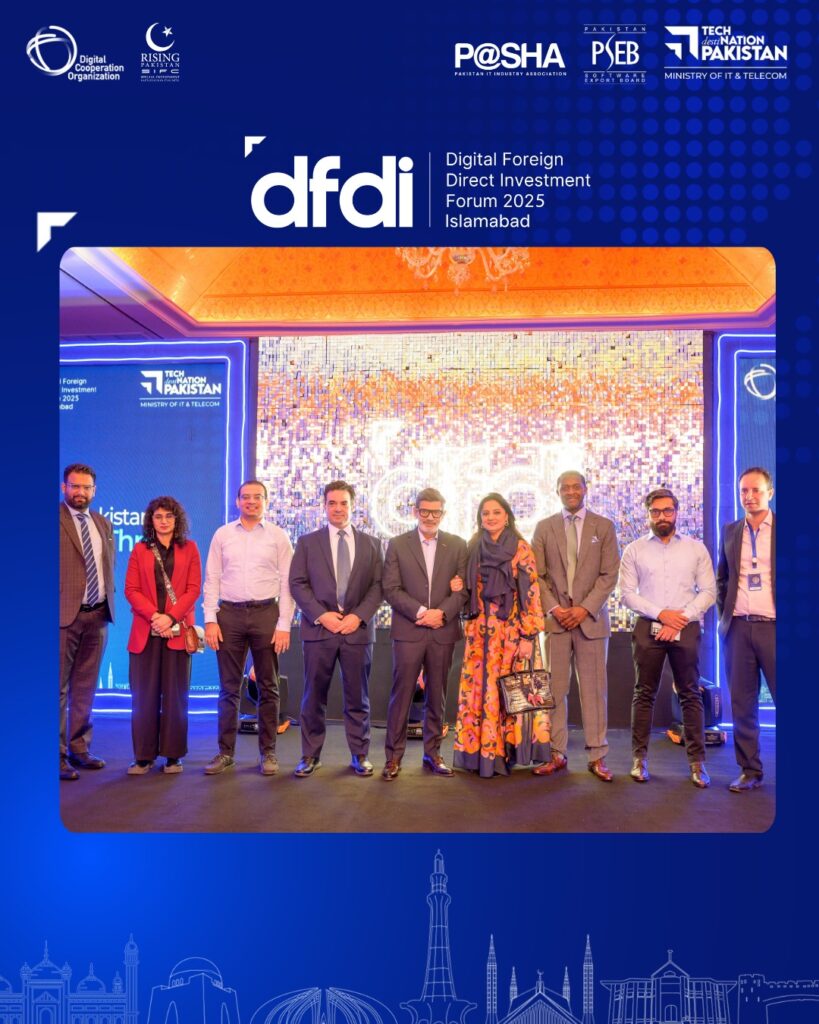Table of Contents
🚀 DFDI-Supported Economic Development: Powering Nations Through Digital Growth
DFDI-supported economic development is redefining how countries grow and thrive in the digital age. Digital Foreign Direct Investment (DFDI) brings advanced technologies, funding, and global expertise to emerging economies, accelerating national development with scalable, tech-based solutions. Unlike traditional FDI focused on factories and natural resources, DFDI powers knowledge economies, innovation hubs, and e-government platforms.
Countries that integrate DFDI-supported economic development into their policy frameworks see gains in GDP, job creation, education, public service efficiency, and international competitiveness.
🧱 Understanding DFDI-Supported Economic Development
At its core, DFDI-supported economic development refers to the use of digital foreign investment to fund and deploy technologies that stimulate long-term economic growth. These investments are typically targeted at:
- ICT infrastructure
- Digital governance
- Smart cities
- eHealth and eLearning
- FinTech and mobile banking
- Digital entrepreneurship
DFDI is not just money—it’s digital capital, know-how, and innovation infused into key sectors of a growing economy.

🧭 How DFDI-Supported Economic Development Works
The process typically follows these steps:
- Government or regional entity identifies priority areas for digital transformation.
- Legal and regulatory frameworks are adapted to attract and protect foreign investors.
- DFDI flows into targeted projects, often co-funded with public-private partnerships.
- Local capacity building is initiated to ensure implementation and sustainability.
- Outcomes are tracked and measured for economic, social, and technological impact.
Each step plays a vital role in ensuring that DFDI-supported economic development delivers on its promise of inclusion, efficiency, and progress.
📊 Benefits of DFDI-Supported Economic Development
DFDI-supported economic development offers transformative benefits for emerging and developing nations seeking to bridge the digital divide, improve public services, and accelerate inclusive growth. Unlike traditional investment that often centers on physical infrastructure or resource extraction, Digital Foreign Direct Investment (DFDI) fuels long-term innovation, efficiency, and competitiveness.
Below are the key benefits of DFDI-supported economic development that make it a powerful driver of modern economic growth:
🚀 1. Accelerated Digital Transformation
DFDI-supported economic development expedites a country’s shift toward a digital-first economy. By funding cloud platforms, broadband infrastructure, and smart public services, DFDI reduces the time and cost required to implement transformative technologies. This helps developing countries leapfrog outdated systems and compete on a global scale.
Example: Rwanda’s rapid expansion of 4G LTE coverage was powered by international DFDI, enabling government e-services and mobile banking for citizens.
💼 2. Job Creation and Digital Employment Opportunities
As digital ecosystems grow, so do employment opportunities across ICT, FinTech, e-commerce, and software development. DFDI-backed startups, government platforms, and tech hubs generate direct and indirect jobs.
- Roles in coding, design, and app development
- Jobs in tech support, digital marketing, and e-learning
- Entrepreneurship through digital marketplaces
In Kenya, DFDI in mobile money has created jobs not only at tech companies but also for thousands of mobile agents.
📈 3. Boost to National GDP and Economic Productivity
By injecting high-value digital capital, DFDI-supported economic development boosts productivity across multiple sectors.
- Digitization of agriculture increases crop yields and market efficiency
- E-commerce expands market access for small businesses
- Digital banking improves access to credit, fueling SME growth
A digitally enabled economy moves faster, scales smarter, and uses data for better decision-making, contributing to stronger GDP growth.
📲 4. Improved Public Services and Governance
DFDI projects modernize public administration, improving citizen access to services and reducing corruption. E-governance platforms offer:
- Online tax filing and licensing
- Digital identity verification (e-ID)
- E-voting and participatory budgeting
- Real-time data tracking for better policy decisions
This increases government efficiency and public trust.
🌐 5. Reduced Digital Divide and Regional Inequality
DFDI-supported projects intentionally focus on underserved communities—rural areas, women, youth, and the differently-abled. By extending internet access, digital literacy, and affordable tech solutions, DFDI bridges the urban-rural divide.
- Internet connectivity in remote schools
- eHealth services for rural clinics
- Women-focused digital skill programs
In Bangladesh, DFDI-funded digital inclusion programs trained thousands of women in mobile app development and online business.
💳 6. Financial Inclusion through Digital Tools
One of the most notable impacts of DFDI-supported economic development is in financial inclusion. With mobile wallets, blockchain-backed remittance systems, and digital savings products, the unbanked gain access to essential financial services.
This has a cascading effect:
- Increased savings rates
- Empowered micro-entrepreneurs
- Reduced reliance on predatory lenders
Nigeria’s FinTech boom, backed by DFDI, has introduced credit-scoring apps and peer-to-peer lending platforms that are changing lives.
🧠 7. Technology Transfer and Innovation Culture
When international companies invest digitally, they bring with them knowledge, processes, and innovation that stimulate local ecosystems. Through:
- Tech incubators and innovation labs
- Public-private research partnerships
- Cross-border R&D initiatives
- Open-source platforms and APIs
Local talent learns, adapts, and builds on top of global best practices, accelerating indigenous innovation.
🛡️ 8. Enhanced National Resilience and Crisis Response
In times of crisis—whether pandemics, natural disasters, or economic shocks—digitally advanced nations respond better. DFDI provides critical digital infrastructure that enables:
- Remote education and work during lockdowns
- Real-time disease tracking systems
- Digital cash transfer platforms for relief programs
- Cybersecurity systems for government defense
During COVID-19, countries with DFDI-enabled infrastructure responded faster and more effectively than those without.
🔄 9. Sustainable and Green Economic Development
Many DFDI projects focus on clean tech and sustainable digital infrastructure. This supports green growth goals through:
- Solar-powered data centers
- Smart grids and energy-monitoring platforms
- AI-based environmental monitoring tools
- E-mobility solutions and digital traffic control
DFDI-supported smart city projects in Latin America have reduced emissions and improved urban planning.
🌍 10. Integration into the Global Digital Economy
With DFDI, nations gain entry into the global value chain of digital goods and services. This means:
- Exporting tech services and apps
- Attracting global clients through outsourcing
- Participating in digital trade agreements
- Hosting global data centers and digital platforms
Vietnam, once manufacturing-focused, is now emerging as a digital outsourcing hub, thanks to DFDI-supported upskilling and infrastructure.
🧩 Key Sectors Empowered by DFDI-Supported Economic Development
🏗️ 1. Smart Infrastructure and Connectivity
DFDI enables construction of broadband networks, 5G infrastructure, and smart utility systems. These boost connectivity and power economic activity.
💳 2. Financial Technology (FinTech)
Mobile banking, blockchain remittances, and micro-loans become accessible with DFDI-funded FinTech startups and platforms.
🏫 3. Education and eLearning
E-learning platforms, virtual classrooms, and skills training are supported through DFDI partnerships with EdTech companies.
🏥 4. Healthcare Technology (eHealth)
Remote diagnostics, digital health records, and mobile clinics reach rural populations through DFDI-funded initiatives.
🏛️ 5. Digital Governance
Online licensing, tax portals, and biometric ID systems funded through DFDI improve governance transparency and efficiency.
🔍 Pillars of Successful DFDI-Supported Economic Development
1. Strong Digital Policy Framework
Governments must set clear digital visions and establish regulations to guide DFDI inflow.
2. Public-Private Partnerships (PPP)
Blending public oversight with private innovation ensures risk sharing and rapid innovation.
3. Local Talent Development
Training programs prepare citizens to use, manage, and scale digital solutions introduced by DFDI.
4. Impact Measurement
Continuous evaluation ensures that projects are delivering economic and social benefits.
🌍 Global Examples of DFDI-Supported Economic Development
🇮🇳 India: Digital India Initiative
Google and Microsoft’s investments in cloud, AI, and e-education platforms have helped scale India’s digital public infrastructure.
🇪🇬 Egypt: Digital Egypt Platform
Through DFDI, Egypt has built national digital identity systems, online public services, and AI-enabled traffic control in Cairo.
🇪🇪 Estonia: Global e-Government Model
DFDI helped transform Estonia into a leader in digital governance, offering e-Residency and paperless administration.
🇳🇬 Nigeria: FinTech Expansion
DFDI from global FinTech players supports Nigerian startups that provide mobile payments and credit to millions.
⚠️ Challenges in DFDI-Supported Economic Development
📉 Investor Hesitation
Without clear regulations, investors may avoid committing to large-scale digital projects.
⚖️ Policy Inconsistencies
Frequent changes in leadership or regulations can discourage long-term DFDI partnerships.
🧠 Talent Gaps
Lack of technical skills in the local workforce can slow project rollout and effectiveness.
🌐 Infrastructure Deficits
Poor internet coverage and electricity shortages reduce the success rate of DFDI projects.
🔮 The Future of DFDI-Supported Economic Development
✅ Digital Green Projects
DFDI is increasingly funding sustainable technologies, such as solar-powered internet and smart agriculture.
✅ AI, Blockchain, and IoT Integration
Advanced tools are being used in public health, energy distribution, and city planning.
✅ Cross-Border Digital Corridors
Collaborative projects between neighboring countries will enhance regional digital economies.
✅ Women-Led Digital Enterprises
A focus on gender inclusion is leading to new DFDI programs supporting women in tech and entrepreneurship.

❓ Frequently Asked Questions (FAQs)
Q1: What is DFDI-supported economic development?
It is the use of foreign digital investment to accelerate national growth through tech-enabled sectors like health, finance, education, and governance.
Q2: Why is DFDI important for developing economies?
DFDI brings not just capital, but also expertise, innovation, and scalable solutions for national challenges.
Q3: What sectors benefit the most from DFDI?
FinTech, healthcare, education, infrastructure, and digital governance are top beneficiaries.
Q4: How can governments attract DFDI?
By creating digital strategies, ensuring regulatory clarity, and establishing public-private partnerships.
Q5: What risks are associated with DFDI?
Unclear legal systems, poor coordination, and lack of local skills can hinder the success of DFDI initiatives.
Follow us on Facebook for Quick Response & Quires – Digital Foreign Direct Investment (DFDI)
